|
Buddhist temples are certainly the most distinctive feature of Thai village culture. They are symbolically, and most often physically, the center of a village. The purpose of this essay is to describe the components of the majority of Northern Thai Buddhist temples in villages. WIHARA (pronounced “wee-hahn”) วิหาร are the dominant structure in a typical northern village temple. They are assembly halls and function as gathering places for Buddhist ceremonies. The wihara (also spelled vihara) is inevitably rectangular with the doors at one end. There are usually three double doors leading inside the main hall; the center set is the largest and may reach as high as the building’s walls. Almost without exception the main front doors face east. The front of the building has a wide set of stairs leading to a spacious porch where some activities take place, including presentation of offerings before worship. The roof generally has three steps and has a naga (serpent) motif along the eaves and a chofah (stylized naga) at both ends of the roof peak. The installation of the front chofah is usually a ceremony to formally inaugurate the wihara. The interior has a platform at the far (western) end upon which sits a large image of the Lord Buddha in a meditative pose. There will probably be one or more additional images arranged in front of the large one, with a smaller set of tables and an image right at the front on floor level where candle and incense lighting ceremonies take place at the beginning of worship services. This entire area will be decorated with flowers, candlesticks and various memorabilia. Along the left side (south), that is to the right of the Buddha, is a seating platform for monks, raised about a foot and a half above the floor. It is taboo for laity and novices to sit on this platform. Walls of the wihara are usually decorated with painted frescos that depict either events in the life-narrative of the Buddha or also village ceremonies. The wihara will be open whenever there is a temple event or when it is used by the temple’s chapter of monks for daily services. GUTI are residences for monks in a temple compound. In very rural temples the guti may be quite simple, but most northern Thai villages have constructed comfortable houses for their monks. There is no typical design for a guti although custom dictates that they not be too ostentatious no matter how famous the monk might be. It would be improper for a female of any age to enter a guti under any circumstances. SALA is a Thai word for pavilion, an open-sided or semi-enclosed building with a roof. Village temples usually have one or more of these, where less formal events, such as meetings or classes, can be conducted. During the rainy season lay people might stay in the temple for a couple of days and nights each week, sleeping in a sala. In cities, the sala may also be used for wakes and funeral services, which are generally held in homes if there is space available. CHEDI is otherwise known in English as stupa or pagoda. Most of the time a chedi is a solid structure representing the world-mountain. It is a reliquary for relics of the Lord Buddha or for cremated remains of venerated persons, thus referring to the Buddha in a less direct way. (For more on this structure see www.kendobson.asia/blog/chedi ). BOT (pronounced “boat”, sometimes transliterated Ubosot) is a hall, generally looking like a second, smaller wihara, used for ordinations, vow-reaffirmation rituals, and services exclusive to the Sangha (ordained priests/monks). A bot is bounded, and therefore designated, by a perimeter of 8 sema stones – a 9th is buried in the center of the floor as a foundation stone. (For more about the supernatural aspects of the bot refer to paragraphs 7 through 10 of www.kendobson.asia/blog/options ). HO THAM (literally, “Dharma tower”, i.e. a library) used to be a necessary feature of a temple. The small building both protects and respects the temple’s collection of sacred texts. The building is elevated to thwart rodents, thieves and pests and may be (or once may have been) surrounded by a pond or moat to deter termites, but also to symbolize the wholeness of nature, which is inhabitable land projecting out of surrounding sea. “Dharma” is derived from the word ธรรม “nature”, referring to the natural order of creation as well as the connection of spirit and nature. Novices may be housed on the ground floor area of a ho tham if the temple is old enough to have one. KAMPAENG WAT, a substantial, protective wall will be the outermost feature of almost every temple compound unless the temple is on top of a steep hill. It is the duty of the abbot to close and open the temple gates, and thereby to control the movements of priests, novices and temple guests under his auspices. BO TREES Ficus religiosa, otherwise written as Bodhi trees, may be inside or outside the temple compound. Wherever they are they are sacred since they refer to the Lord Buddha. In theory, all Bo trees in Buddhist temples are descendants of the tree under which the Buddha sat to become enlightened. Leaning against the Bo tree may be a number of poles that have been brought to symbolically assist the tree to resist destructive winds or floods after having been used for life-extension ceremonies or brought in annual village pilgrimages related to the Songkran festival. A temple is not a temple until it has been officially designated as a temple. Before that designation, the collection of edifices might be called an ashram or be given a temporary name. A temple is always a temple after it has been consecrated, no matter how its surroundings or use might change. Here and there a derelict chedi may be all that remains of a temple from ages past and even the name of the temple might be forgotten, but it is still a temple. That is to say, it is a place where a sacred encounter is symbolized and has been re-enacted. That is what temples do and why they are sacred places.
0 Comments
Leave a Reply. |
AuthorRev. Dr. Kenneth Dobson posts his weekly reflections on this blog. Archives
March 2024
Categories |
| Ken Dobson's Queer Ruminations from Thailand |
|
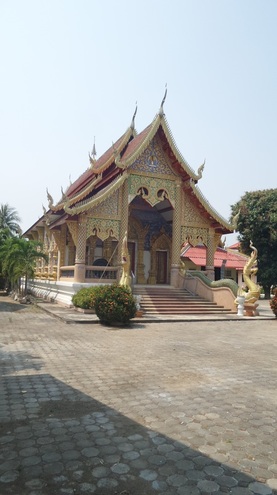
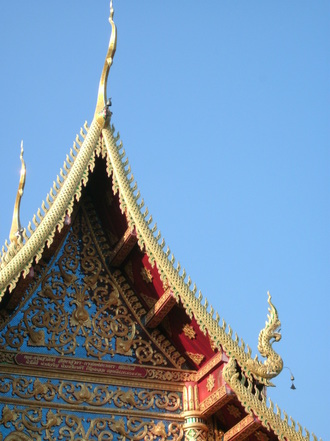
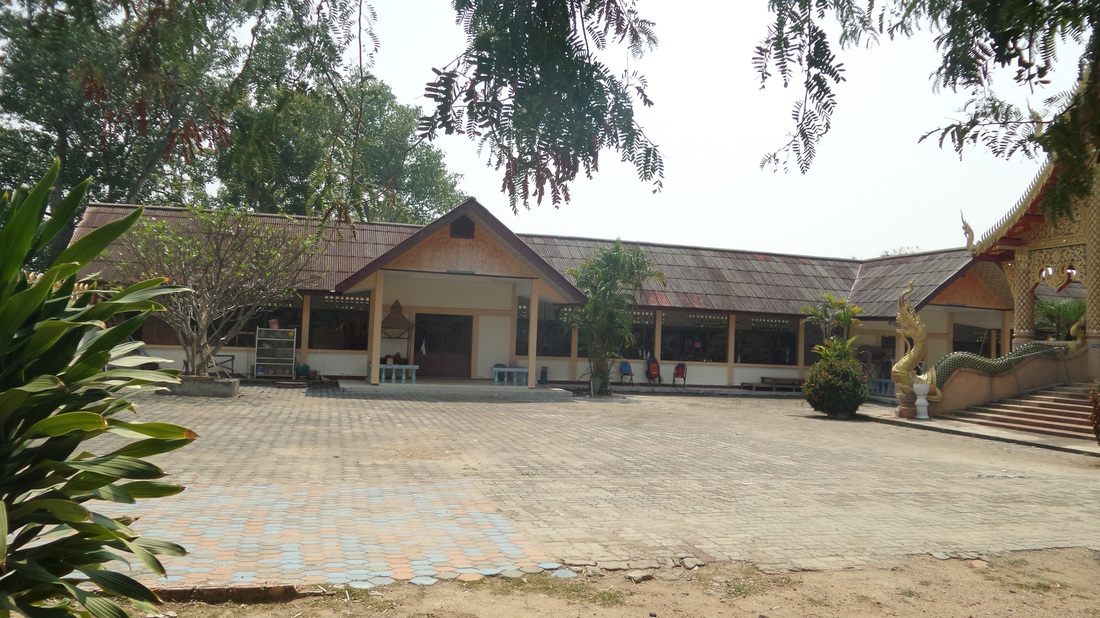
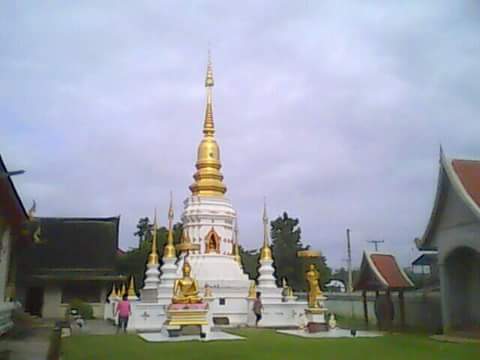
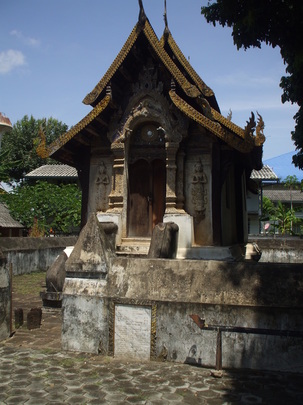
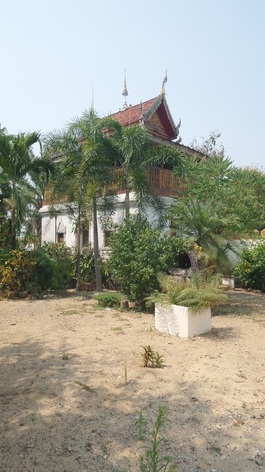
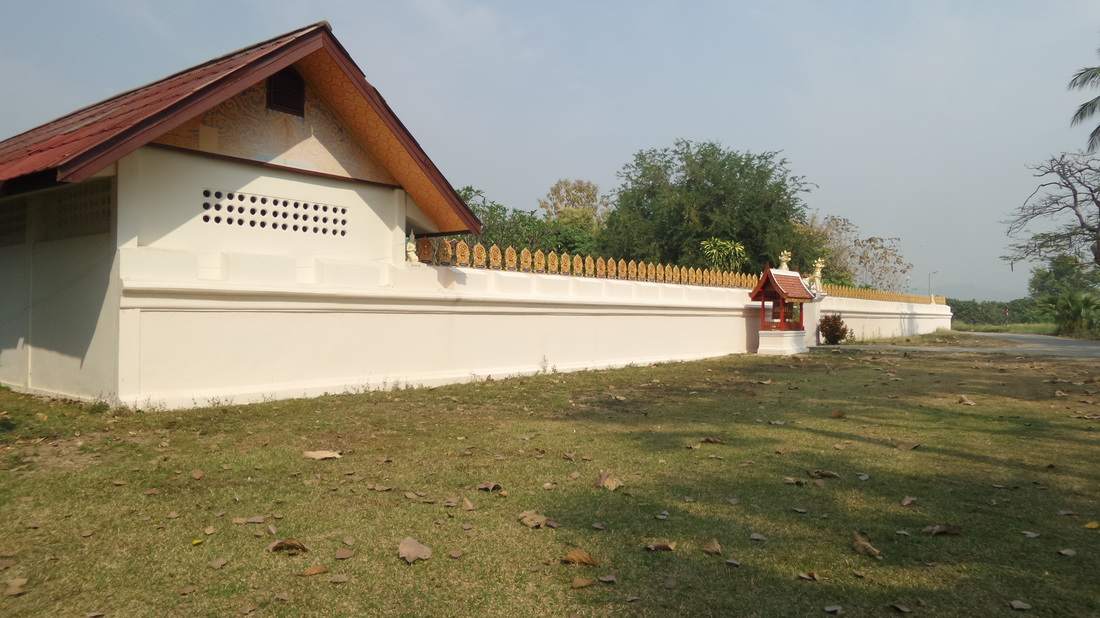

 RSS Feed
RSS Feed
